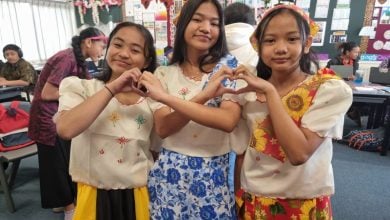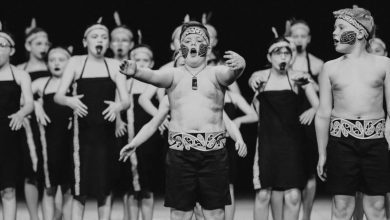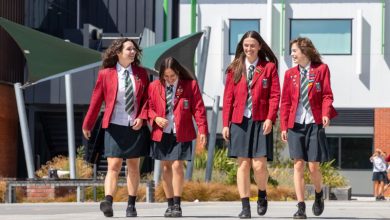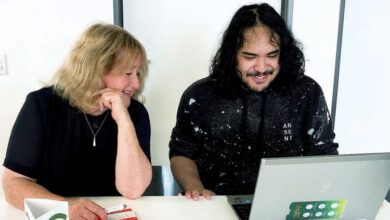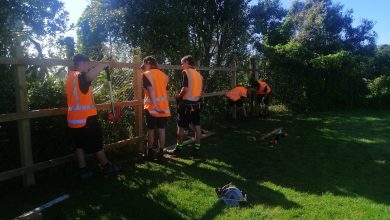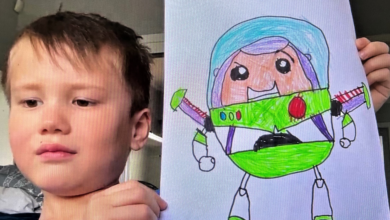Mana Tamariki: Emphasising the importance of whanau
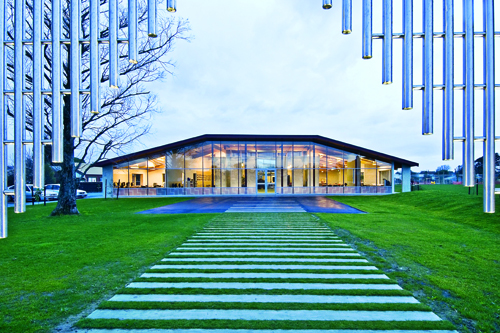
 When Mana Tamariki, a total immersion Maori school based in Palmerston North, won the public architecture category
When Mana Tamariki, a total immersion Maori school based in Palmerston North, won the public architecture category
at the 2010 New Zealand Architecture Awards it was something of a coup for the school.
“It recognised all the hard work and commitment that our whanau has contributed to the development of the school over the last 20 years,” says Penny Pouto, acting principal of the school.
Mana Tamariki is the first Maori immersion school in New Zealand to provide tuition for students from pre-school to year 13 under one roof. As part of its entry criteria for families, one parent must agree to speak only in Maori with the students enrolled in the school, which takes commitment and understanding on the part of the whole family.
The design of the school’s new building evokes the form of the korowai, or sheltering cloak, creating a series of open plan spaces in one building. The New Zealand Architecture Award citation commended the way the “journey from young to old is handled within the spirit of whanau – being part of a nurturing community, sheltered under a calm, ‘cloaking’ roof form”.
Pouto says this was one of the key ideas the school wanted to achieve by having a Kohanga Reo and Kura Kaupapa under the one roof.
“It emphasises the seamlessness of whanau, that feeling that everyone is in the same environment,” she says.
But the building was not without its challenges for the architects and building company. “As a Maori immersion school we have some unusual rules and they were both very receptive and very positive to all suggestions.”
The school subscribes to the Reggio Emilia early childhood education philosophy, which encourages creativity and critical thinking, so involved the tamariki heavily in the design of the building. “We encouraged then to give us ideas, brainstorm how they wanted the building to be,” says Pouto.
The children had clear ideas of what they wanted in the classroom, she says.
The floors had to be carpeted, for example, because students stated they didn’t want cold feet in winter – they respect the tradition of taking shoes off before entering a building. The carpet also had to be high quality as the school’s students do much of their work on the floor.
“Students also told us they wanted to be able to visit the Kohanga Reo and see their brothers and sisters during the day,” says Pouto. Hence the open plan nature of the building.
Other suggestions from the students that were incorporated into the final design and landscaping of the school included a hangi pit and a permanent vegetable garden.
But it wasn’t just the children that had ideas on how they wanted the building to look, parents and staff also had their say. Their main concern was ensuring the building was constructed in an environmentally-friendly way and that it was future proofed to be sympathetic to the environment over time. “As a result we encouraged green landscaping, for example, we collect rainwater on site and filter it through the earth,” says Pouto. “We also have clever louver windows so it looks like we’re getting sun on the shaded side of the building.”
But everything in the school comes back to its emphasis on whanau and its desire for the whole family to feel comfortable in the space. Shared facilities, such as a dining room and kitchen utilised by everyone at the school, take up a central section of the Kura.
The open plan design of the building also allows the children to learn from and help each other, says Pouto.
 Completely immersed
Completely immersed
Mana Tamariki has a fascinating history. Started as a Kohanga Reo in 1990, it expanded into a total immersion Maori home school five years later.
The school opened with just seven children and the caveat that at least one parent in each family committed to speak to their children only in Maori.
“We have incredibly committed parents,” says Pouto. “The intergenerational transmission of language is essential, so a good relationship between the school and parents is absolutely essential.”
Now the school educates students from pre-school, right through to year 13.
Technology is an important part of life at Mana Tamariki, particularly for senior classes, and many of these are taught through video conferencing with other Maori immersion schools around New Zealand.
“Because we only have 10 senior high school students we can’t offer a wide range of subjects. Being able to log in and video conference some classes gives us a bit more freedom,” says Pouto. “We can also link up with some more obscure situations, for example we’ve had a video conference with a school in Canada.”
The emphasis on whanau at Mana Tamariki is now starting to come full circle.
“One of our most recent entrants to the Kohanga Reo is the child of one of our original students,” says Pouto. And it’s this commitment to nurturing the whole family that will see Mana Tamariki’s whanau continue to grow.

